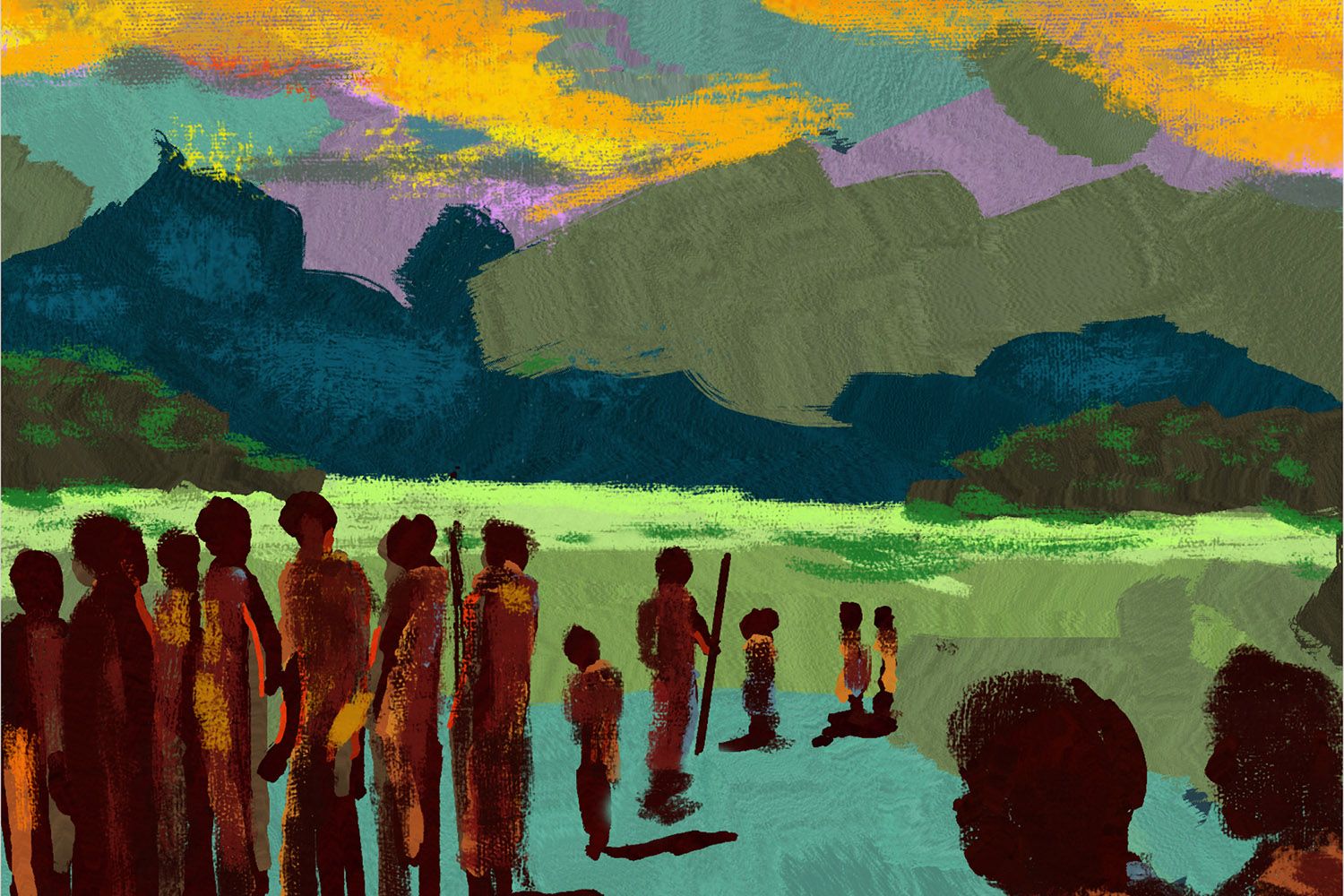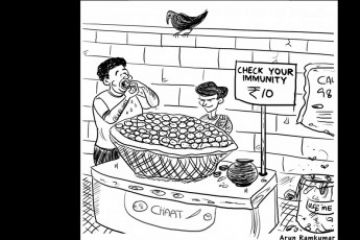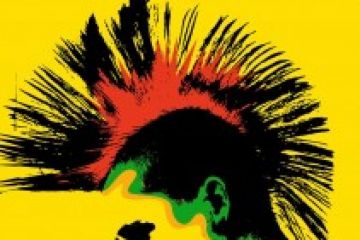
Assam is a place enriched by the migration of multiple groups. It is what it is because of and not despite migration. As a transnational space, groups from various ethnic and racial backgrounds form a heterogeneous cultural space. Assamese culture hence owes a debt to all the other cultural worlds that constitute the multi-ethnic, multilingual space of Assam. Portraying Assamese as a homogeneous identity and culture, which the Assamese nationalist tries to do, is a theft of history.Historians Edw





